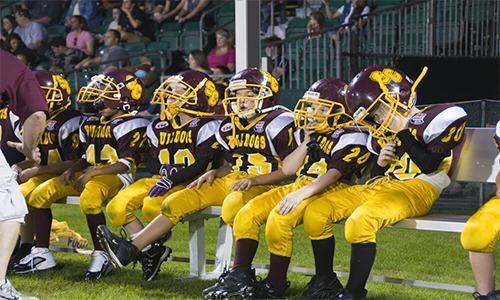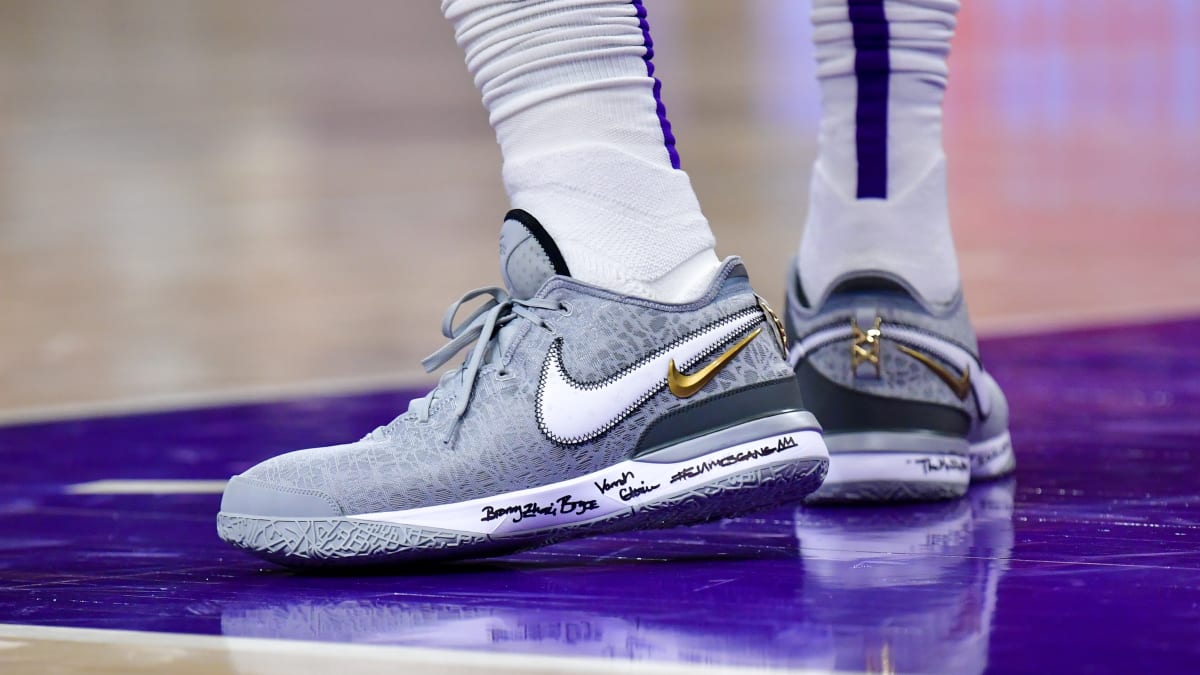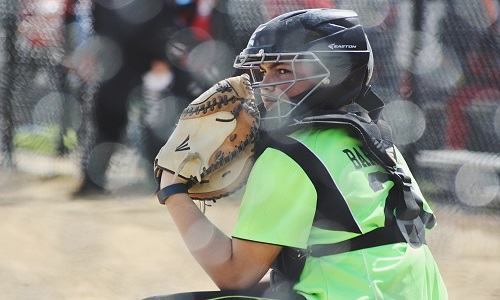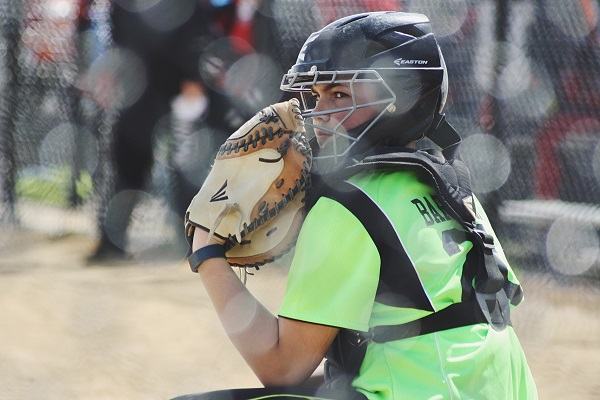Softball Drills And Practice Plans: All Coaches Should Know This
Softball, fastpitch softball, or baseball are all trendy sports in the US. Many parents want to let their children participate in softball matches to exercise. However, to have a successful competitive season, we need a lot of effort. Dedicated coaches will always prepare suitable softball drills and practice plans.
In this article, we will guide you through the most common drills. Plus, we will also share with you tips for building effective practice plans.
Contents
Types of Softball Drills and Guides
To help your batters and pitchers perform well in a match, you need softball skills and drills.
If they practice regularly, they will practice their reflexes and develop the skills required to shine. There are 3 types of softball drills. In each category, there will be different practice plans.
- Fielding drills (infield and outfield).
- Hitting drills.
- Baserunning drills.
1. Fielding Drills
You can teach them to toss the ball into a particular softball spot.
Infield
Firstly, move around the court. Then hit the balls on the ground to third and short, then second and then first place. If there’s any way you can ask two coaches to hit the ball on the ground, then do it!
- 3B, SS, and 2B took the first throw-in, 1B took the third throw-in. Do that twice and challenge the people in your yard. You may move them to the glove side as well as to the backhand side.
- Two double turns, again move the performer around and check the range. And the first thrower makes the second throw and tries to come back to the base.
- Then, the two balls in the inner court:
- Players will first test the runner and throw first. And they need to look at the third.
- The second person continues to throw the chest high or lower and switches rapidly to receive the throw to disc. And let this catcher decide if they would like to go home as well as go to base first.
- Long/short practice.
Move all athletes onto the field 6 feet behind the baseline to throw forward (1b for home throw). Rolling them on a roller. Therefore, they may get the throw in the first run. Remember that one normal throw and one short throw on their go.
This key of an infield softball is energy. And your team must be loud as well as communicate in every play and representation.
In fact, this can set the tone with the method you will play. A good pitch can help the team explode more than anything. Before the game, there’s nothing scarier than an uproarious pitch.
Outfield
You will have three groups, each will contain two players.
- The 1st team: Two second throws from Left, Center, Right.
- The 2nd team: Two throws to third from Left, Center, Right.
- The 3rd team: Two home throws from Left, Center, Right.
The first throw should focus on throwing through the cut. You don’t need to mind the cut, just let it be!
The second throw home is a “do or die” game in which the quarterback who is throwing out wins. At that point, the cut-off point must not touch this ball at all.
Now the outfielders need to have their reps throw at the base and grab the ground balls as well as balloons. It depends upon the dugout that you are in.
Then let the coach hit more ground balls for midfielders from fouls trying to pass the ball. Finally, it would help if you got into your favorable position.
2. Hitting Drills
You should teach your players hitting and pitching drills.
Colored Softball
This exercise is great for improving a player’s hitting ability and concentration.
Ask the coach or softball pitcher to throw two balls of different colors at different heights. Once the ball is in the air, the pitcher will call out the color of the ball that the pitcher must hit. If the hitters are playing well with two balls, increase the challenge by adding a third ball.
Divide this group into many small groups of three or four players. Then ask each group to do this at the same time to eliminate downtime when practicing. Just make sure you have enough balls for everyone.
Balloon Drill
This exercise guides players to the right stride length to take when they hit.
Form 6 hitters with nearly full balloons. Don’t overfill the balloons as they will pop out too easily. All players should have a club and helmet to start.
The balloon must not touch the ground. It would be best if you placed it in the middle of the hitter’s thigh and then they should position their ball.
As batters stride forward on their swing, they need to keep the ball from falling to the ground.
If the player exceeds, they will drop the balloon. Point this out and correct it.
The ideal stride length is very short. It is only about 6-12 inches.
3. Baserunning Drills
Youth softball drill should include the basic skill.
Base Learning
It will be a good idea to guide them through the different bases used. You must teach all the players who are just starting out with this drill.
For this drill, all you need is the attention of the players you are coaching. Have players follow you from one facility to another. Starting with first base, then in order (second, third, home).
Explain to the kids what happens after you hit the ball. And then show them where you go after the first turret, after the second, and so on.
It’s a good idea to do this exercise a few times per practice. You should also operate it at least once during mid-season workouts and beyond.
This will inculcate that information in the player. And hopefully you can prevent any embarrassing moments from running to the wrong base.
Team Relay
This is a competition between players on the team to see who can run the bases in the proper order.
You must securely fasten all bases to make them ready for bases. Then split your squad into two teams of equal speed.
Have all the players on a team line up. The coach says go (and presses the stopwatch), the first person must run all the bases in the proper order. And then they tag the next person in their line.
When all players have passed the main board, you record the time of the stopwatch. And the next team goes, the fastest team can get a reward to cheer up.
Effective Softball Drills And Practice Plans
There is no effective softball practice without an effective practice plan. Whether the girls you’re coaching are kids or high school players, they need practice.
Effective practice plans take advantage of softball drills. By doing this, you can help the whole team play better when entering an original game.
There will be three levels in softball practice plans. It is beginner, moderate and advanced. Depending on the age and level of your team, we will have different softball practices.
The levels also differ in time limits. The number of times to practice for each class, respectively, is 60, 90, and 120 minutes.
Always check your team to come up with proper practice plans.
1. Warm-up
This is an integral part of softball practice plans. Usually it will take you 15-20 minutes to do it.
We will have exercises to warm up the body. Some common dynamic warm up practices are:
- Jog.
- Skip Forward & Backward.
- High Knee Runs.
- Carioca.
- Walking Lunge.
Next you can practice exercises to increase body reflexes such as:
- Diamond Racings or 1st Base Sprint.
- Kneel Throw or One Arm Swing.
2. Stations
It’s time to practice those softball drills that we introduced to you above. Depending on the team situation, you limit the practice time from 40-45 minutes.
For example, with the youth softball practice plan, you will practice more straightforward exercises. Or you can instruct your team on game theory.
For mature and skilled players, increase the difficulty of the exercise. A good coach will understand the strengths and weaknesses of the team to give the appropriate coaching plan.
3. Game Preparations
Finally, bring the drills learned in the practice plans into a match. Organize your teams appropriately, and start rehearsing.
The knowledge and skills they learn will shine here. It will be more fun if you organize them in the form of games. It will stimulate the players to participate more enthusiastically.
4. Water Breaks
It is important for athletes to stay hydrated for many reasons.
It can help them maintain high performance levels for longer periods and prevents cramps and dehydration. Your girls will always welcome this recovery between workouts.
Taking breaks is especially important as well as during workouts. You do not want the players to faint from exhaustion. That’s rather dangerous as well as making some parents very uncomfortable.
Conclusion
Hopefully this article will help you in creating effective softball practices. Make it a habit for your players to practice, and we believe the results you get will be worth it.





![[Top Rated] 10 best football gloves with best grip 2025 5 best football gloves 2021](https://www.scottfujita.com/wp-content/uploads/2021/03/best-football-gloves-2021.jpg)
![[Lastest Update] Top 10 Best Soccer Cleats For Kids 2025 6 Best soccer cleats for kids scott fujita](https://www.scottfujita.com/wp-content/uploads/2021/03/Best-soccer-cleats-for-kids-scott-fujita.jpg)




![[Top-Rated] The Best Basketball Shoes For Ankle Support 2025 11 best basketball shoes for ankle support scottfujita](https://www.scottfujita.com/wp-content/uploads/2021/07/best-basketball-shoes-for-ankle-support-scottfujita.jpg)














![What Are The 5 Positions In Basketball? [And Their Roles] 35 what are the 5 positions in basketball scottfujita](https://www.scottfujita.com/wp-content/uploads/2021/10/what-are-the-5-positions-in-basketball-scottfujita.jpg)






![Top 10 Best NBA Centers Of All Time [2024 Updated] 42 best nba centers of all time scottfujita](https://www.scottfujita.com/wp-content/uploads/2021/12/best-nba-centers-of-all-time-scottfujita.jpg)
![The Best Football Mouthguard 2024 [Reviewed & Compared] 43 best football mouthguard scottfujita](https://www.scottfujita.com/wp-content/uploads/2021/10/best-football-mouthguard-scottfujita.jpg)